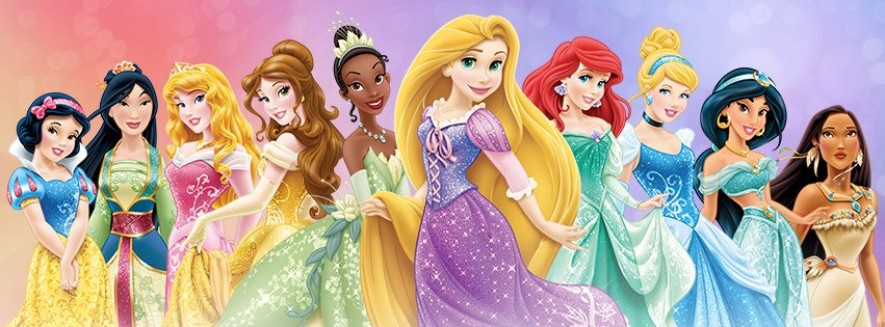 After examining a great number of Disney films, it has become readily apparent that Disney is a vastly powerful socialization agent, not only in how negative and persistent its messages are, but also in how it operates within society. Out of the movies that I analyzed, only five featured characters of color, but each of them were problematic in its own way. The representations of race within these Disney films are worth discussing because they shape how children view their world. Disney plays such a huge role in the lives of children (especially i
After examining a great number of Disney films, it has become readily apparent that Disney is a vastly powerful socialization agent, not only in how negative and persistent its messages are, but also in how it operates within society. Out of the movies that I analyzed, only five featured characters of color, but each of them were problematic in its own way. The representations of race within these Disney films are worth discussing because they shape how children view their world. Disney plays such a huge role in the lives of children (especially i n the lives of girls), that constant exposure to some of these racist and sexist sentiments socialize them to internalize some of these ideas.
n the lives of girls), that constant exposure to some of these racist and sexist sentiments socialize them to internalize some of these ideas.
The prevalence of Disney in children’s media is outstanding. Just in the few times that I’ve visited my parents, my baby siblings have been consuming either the Disney channel, a Disney movie, playing with Disney toys, or reading a Disney book. Educating children about these racist and sexist ideas would be a logical way to counteract these messages, but children are exposed to these messages at such a young age that this socialization is almost an inevitability if exposure goes unmediated.
However, that doesn’t mean that education isn’t an answer for children that g row old enough to comprehend concepts like racism and sexism. Considering how much television children consume on a daily basis, viewing media through an analytical lens, as well as through social justice lenses with respect to racism and sexism, is an absolute necessity and something that parents need to consider when exposing their children to any film or television show.
row old enough to comprehend concepts like racism and sexism. Considering how much television children consume on a daily basis, viewing media through an analytical lens, as well as through social justice lenses with respect to racism and sexism, is an absolute necessity and something that parents need to consider when exposing their children to any film or television show.





